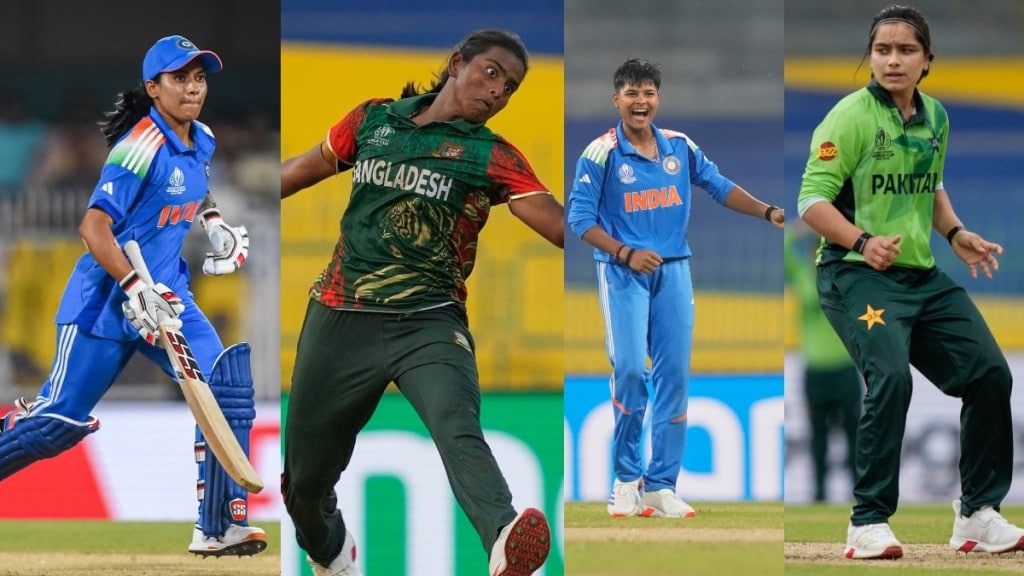The 2025 Women’s World Cup is no longer just a contest of bat and ball. It has turned into a showcase of how far women’s cricket has travelled, and how far it can still go. What we are watching is a slow, powerful shift taking shape. Across South Asia, young women raised far from cricket’s traditional heartlands have stepped onto the game’s grandest stage and looked as though they have always belonged there.
Their journeys begin in small homes with borrowed bats and second-hand shoes. Each of them, Amanjot Kaur, Marufa Akter, Kranti Goud, and Fatima Sana, has fought through circumstances that might have ended another player’s story. What they have done here is not just about numbers or records. It shows that talent finds its own path, and that grit lasts longer than privilege.
Amanjot Kaur: Calm in the Middle of the Noise
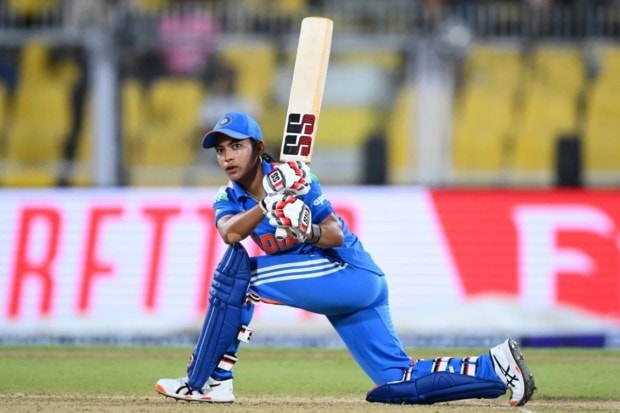
Amanjot Kaur grew up in Mohali’s Phase V colony, where the streets were too tight for boundaries but wide enough for dreams. Her father, Bhupinder Singh, a carpenter, worked long days at his workshop and still woke up before sunrise to take her to practice on his scooter.
Money was tight and dreams were expensive. But her father saw something in her timing, the straight bat, the balance, the hunger to improve. “She’ll play for India,” he would say, hammering nails between sentences.
Her rise through Punjab’s domestic system took time. She had to work her way up, season after season, waiting for selectors to notice. When her India debut finally came in 2023, she seized it with an unbeaten 41 after walking in at 69 for 5 against South Africa, an innings built on control and maturity rather than risk.
That same composure now defines her World Cup campaign. Against Sri Lanka, she held India’s innings together with 57 off 56 balls, rescuing them from early collapse alongside Deepti Sharma. It was a performance that combined patience with precision, mature, deliberate, and quietly decisive.
She missed the second game against Pakistan due to illness, and her absence was immediately felt. For a side still searching for balance, Amanjot’s ability to steady the middle order is invaluable. As the tournament progresses, her fitness will be crucial to India’s ambitions.
There is a certain aura about Amanjot Kaur. She walks in when things look uncertain and restores order. She may not always dominate headlines, but her calm presence remains at the heart of this Indian team.
Marufa Akter: The Swing from Nilphamari
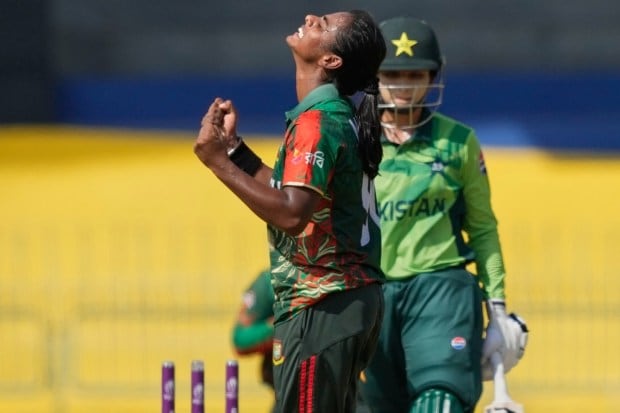
In Nilphamari, a quiet town in northern Bangladesh, the open fields still remember where Marufa Akter began. During the pandemic, while most stayed home, she returned to the farmland to help her father, a daily-wage laborer, earn enough for the family to get by. Cricket was not a priority then, but she never stopped practicing in the evenings, often with a taped ball and a handful of friends.
Her introduction to professional cricket came by chance. A trial for Mohammedan Sporting Club in Dhaka spotted her natural pace, raw, unrefined, but impossible to ignore. She was soon picked for the Under-18 training camp in Cox’s Bazar, where her village background and accent made her feel like an outsider. What she lacked in polish, she made up for in persistence.
Her first ODI series in New Zealand in early 2023 brought no wickets, but the team management saw enough to believe she was worth the investment. That belief paid off soon after.
In Mirpur, defending a modest total of 152 against India, Marufa bowled a spell that rewrote Bangladesh’s cricket history. She removed Smriti Mandhana with one that straightened and edged to the keeper, then dismissed Priya Punia to lift Bangladesh’s hopes. Later, she dismissed Amanjot Kaur, a contentious caught-behind, and yorked Sneh Rana to spark wild celebrations. Bangladesh bowled India out for 113, securing their first-ever ODI win over India. Marufa finished with four wickets, the first such haul by a Bangladeshi fast bowler in women’s cricket.
Her World Cup debut showed how far she has come. Against Pakistan, she stamped her authority right from the opening over. Two wickets in two balls set the tone, both deliveries swinging late, alive with movement that seemed to follow their own instinct. She bowled with precision and control, ending with figures of 2 for 31. Every time she charged in, Bangladesh’s energy lifted, and Pakistan’s batters looked increasingly unsure of what was coming next.
For a team built traditionally around spin, Marufa’s pace has added a new dimension, control and bite with the new ball.
At just 20, she carries herself with the assurance of someone who has already lived a longer story. Each wicket is a reminder of how far she and Bangladesh have come together.
Kranti Goud: The Fast Bowler India Waited For
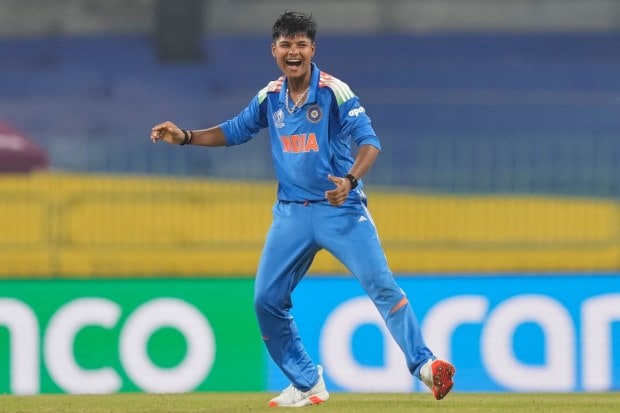
When Kranti Goud knocked over England’s Tammy Beaumont earlier this year with a ball that straightened late and hit middle stump, it marked the arrival of something Indian cricket had long missed, a fast bowler with real menace.
Kranti Goud’s story begins in Ghuwara, a small town in Bundelkhand where cricket fields were scarce and belief even scarcer. Her father, once a police constable, lost his job when she was young. Her mother worked as a daily-wage labourer to keep the family going. Cricket for girls was not just uncommon, it was frowned upon.
She learned to bowl on uneven fields with a tennis ball, often against boys who laughed until she hit them on the pads. A district official noticed her speed during a local match and invited her to train in Chhatarpur. It was the first time she had proper shoes, a structured run-up, and a coach who treated her seriously.
Her rise from there was built on routine and resolve: early-morning bus rides to practice, tournaments where she had to prove her worth in every spell, and seasons where she bowled through fatigue because there were no backups. Her breakthrough came when she led Madhya Pradesh to their first Senior Women’s One-Day Trophy title, taking 4 for 25 in the final.
Her international career has moved at a remarkable pace. In just nine ODIs, she has taken 18 wickets at an average below 20, including a six-wicket haul against England in her fourth game. In this World Cup, she began with 1 for 41 against Sri Lanka and followed it with a brilliant 3 for 20 against Pakistan in Colombo, where her new-ball spell dismantled their top order and set up India’s 88-run win.
Kranti does not rely on theatrics for effect. Her action is simple, her control relentless. She understands her role, build pressure, stay consistent, let the ball do the talking.
In Ghuwara, where people once doubted why a girl would bother playing cricket, residents gathered around a giant LED screen to watch her spell against Pakistan. For them, it was not just pride. It was the satisfaction of seeing someone from their own streets command a world stage.
Fatima Sana: Finding Her Balance Again
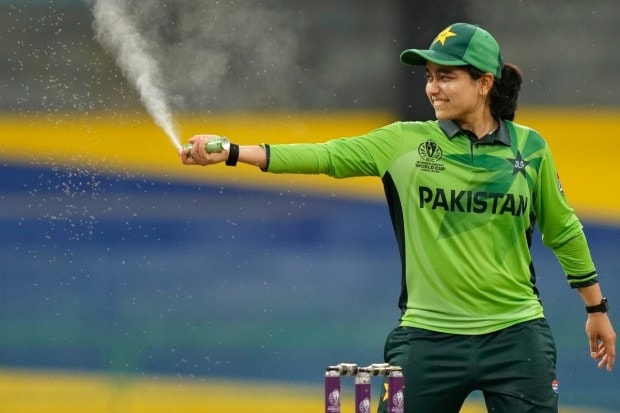
When 23-year-old Fatima Sana walks out to lead Pakistan, she carries a quiet kind of strength. It is not the result of experience alone but of what she has lived through. In 2024, She lost her father from a heart attack. The grief never really left, but she has learned to carry it lightly, turning it into the calm that defines her captaincy today. He had been a pilot in the Pakistan Air Force and her first coach, often staying up late to analyse her bowling footage. His death left her shattered, and she nearly walked away from the game until her mother reminded her that his last wish was to see her lead Pakistan.
Since then, she has led with calm and discipline. Her batting average as captain has climbed from 13 to 30, while her bowling average has improved from 30 to 26.
At this World Cup, she has been Pakistan’s most reliable performer. Against Bangladesh, she bowled a tight spell of 1 for 30, maintaining control through the powerplay. Against India, she followed it with 2 for 38, including the crucial wicket of Smriti Mandhana.
Pakistan’s results have been disappointing, with two defeats early on, but Fatima’s leadership has stood out. She does not panic. She does not complain. She continues to rebuild, one spell at a time.
The Changing Field
This World Cup feels like a reflection of change in motion. These players are not products of established systems but of persistence and self-belief. They come from small beginnings, long commutes, and the refusal to take “no” for an answer.
Amanjot from Mohali, Marufa from Nilphamari, Kranti from Bundelkhand, and Fatima from Karachi have come from places where women’s sport once had no presence. Their rise has done more than shift cricket’s balance; it has also unsettled a few old ideas about who gets to belong in the game.
There are still homes where a girl with a bat is met with doubt or disapproval, but that mindset is losing ground. Every match this generation plays pushes the old boundaries a little further out. Watching them in action feels different now. They take the initiative, make the decisions, and play with a confidence that used to be rare. You can see the shift in the stands too, in how people talk about them and in how young girls now walk into cricket academies believing they belong there.
When the World Cup finally ends, one team will celebrate with the trophy. But the lasting story will belong to players like these, women who have shifted what cricket means, for themselves and for those who are just beginning to dream. It will be about these young women who stretched the idea of what is possible, not just for themselves but for everyone who has been waiting for a reason to believe.
